What to consider before buying a home solar power system
- Update your appliances and get your demand down as low as possible.
- Convert any appliances that you are intending to convert (such as installing heat pumps to replace those that use fossil fuels).
- Replace any incandescent bulbs with LEDs.
Now you are ready to size a system that will meet your demand at the most affordable price.
To be factored when determining the size and location of a panel array:
- Average annual power consumption
- Geographical location - hours of sun exposure in a day
- Potential shade from nearby buildings or trees
- Typical local weather - average days of cloud coverage
- Whether the panel mount is fixed or operable
There are tools available to any solar installer so they can measure all of these parameters and give you advice about how best to proceed.
Which direction should solar panels face?
The most common answer is ‘south’, but there are variables to consider. Depending on how much you rely on solar panels to meet your demand and whether or not you have batteries to store power will determine the optimum orientation for your panels, and the best direction for you is not necessarily due south. If the power supplier in your area offers net-metering, you will want to take this into consideration to program your battery system for optimal benefit.
If you are not storing solar power but count on it as a means to reduce your bills by supplementing grid power, you might be better to orient them more towards the west. This will give you a greater yield at the end of the day when rates in many areas will jump. Panels facing a bit more to the west will generate more power at the end of the day when the average household consumption spikes, along with the rates.
Choosing a solar panel mounting system:
The price tag for fixed solar panel mounting stands is unquestionably lower than moveable ones. They can be free standing, attached to a roof, you can even build your own stand if you choose, like the timber framed panel mount in the image below.
 |
|
Timber framed solar panel stand © Bala structures
|
One downside of a fixed panel system is that you need to pick the one orientation and angle that will bear the most fruit in the times you need it. Solar panels will have optimum output when they are perfectly perpendicular to the sun. Given that, the angle will almost always be less than optimum for fixed arrays. There is only one fleeting moment each day when the panels are perpendicular to the sun and harnessing all the available energy; the rest of the time they are not quite operating at full capacity.
Those who use panels seasonally (cottages for example), often choose a more horizontal angle to accommodate the high position of the sun, or a steeper angle if your use is predominantly in the winter months.
Manually operable solar panel stands are a bit more expensive and many of them don't offer a great range of position, most operate on a single axis only. Single axis mounting systems are often adjusted twice a year (or a few more times if you're more ambitious) to maximize exposure to the sun. Manually adjusting a single axis system twice a year can add 5% to 15% to the output of your system depending on the geographical location of the system.
Solar trackers are automated systems that move continuously throughout the day, constantly adjusting to maximize their exposure and power output. Because these systems keep the panels perpendicular to the sun they can increase your array’s output by 10-25%. As a safety feature, they can go into a vertical 'sleep' position at night with an orientation that can protect them from life's unknowns, such as drivers who find parking without hitting something to be a bit of a challenge.
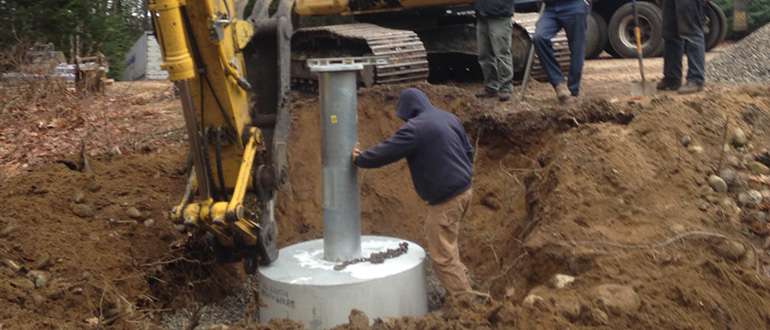
So, the question now comes, which one is the best value for your money? While a tracker stand will cost more to install than a fixed stand, you will always collect 100% of the system’s possible capacity since it is always pointing in the perfect direction. That means you can get away with installing fewer panels and still have the same yield as a larger fixed array, which most of the time (if not all) is pointing in a less than ideal direction.
An additional benefit but quite a valuable one, is that you also avoid having to factor in the durability of roofing materials and the cost of removing and replacing panels to access a roof that needs repair.
Picking the best way to mount your panels is a conversation worth having with a solar installer, and there is no 'right' answer. To find the best return on investment, your installer would need to calculate how many panels you would require with a fixed mounting system, and how many with a tracker.
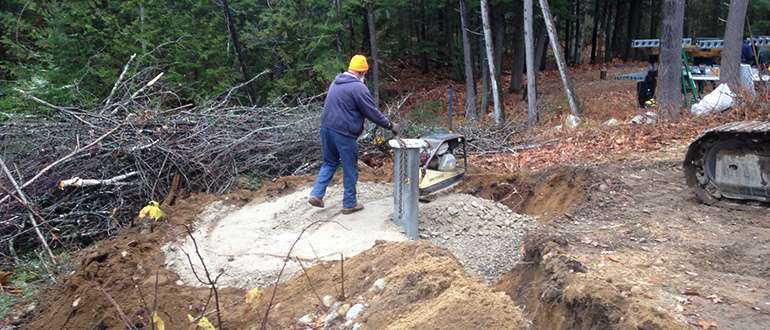
You'd need fewer panels to meet demand with a tracker, so along with determining convenience, the question is whether or not the savings of buying fewer panels offsets the greater cost of the tracker stand in the long run. As prices vary greatly by region, this is not something we can calculate for you, but a solar installer worth their salt should be willing to look into that for you.
The solar tracker in these images was installed by Goggin Energy in a wooded area in central Maine; in this case, the roof orientation and limited space and shade from nearby trees made a tracker the most sensible option. And given that calculating demand is at best an educated guess, there is always the possibility that the needs will increase in the future.
The system shown in these photos provides 20% more than the current annual household demand, but should additional power be needed in the future there is room for 8 more panels and no additional stand would be needed.
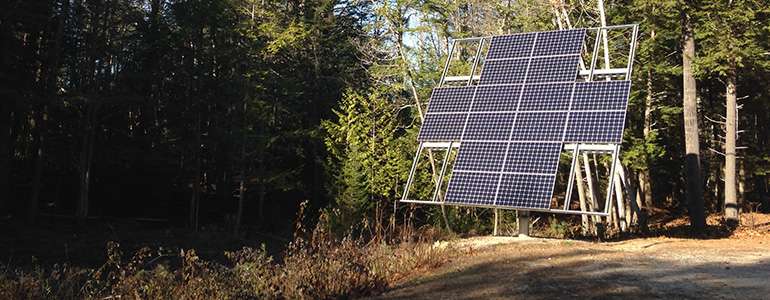
Now you know more about choosing between a solar tracker mount and fixed solar panels. Find more info pages about solar PV & sustainable building in the Ecohome Green Building Guide and these pages here:
Find out here about the benefits of signing up for a free Ecohome Network Membership! |
STORY UPDATE: In Canada, the prices for solar panels has been steadily declining while the cost of trackers has remained fairly static. In light of the low price of panels, it is hard to make a case now for trackers based solely on a return on investment. Greg Dorsey is a Maine certified solar installer with Goggin Energy of Portland, Maine.




















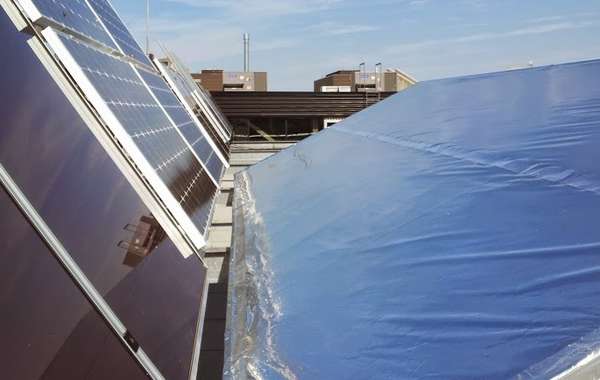




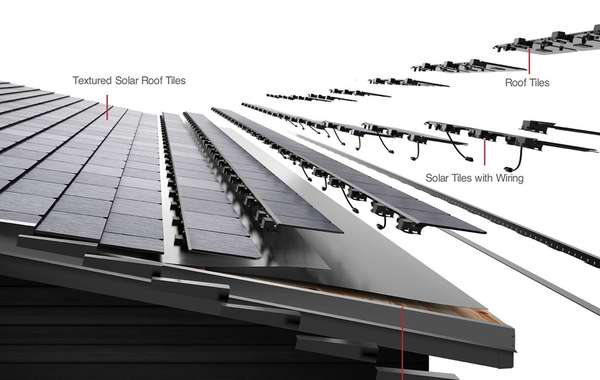
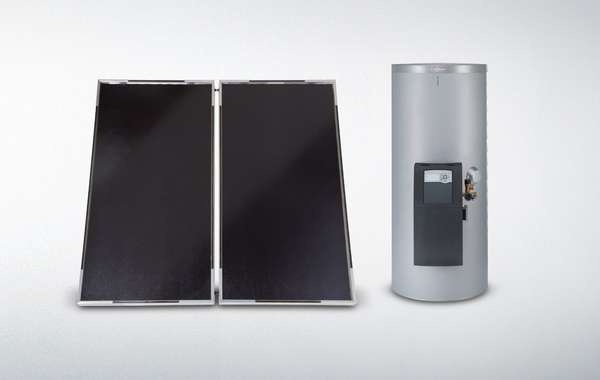

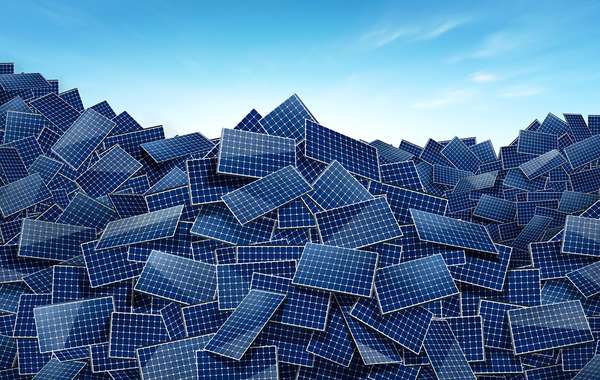
Comments (0)
Sign Up to Comment